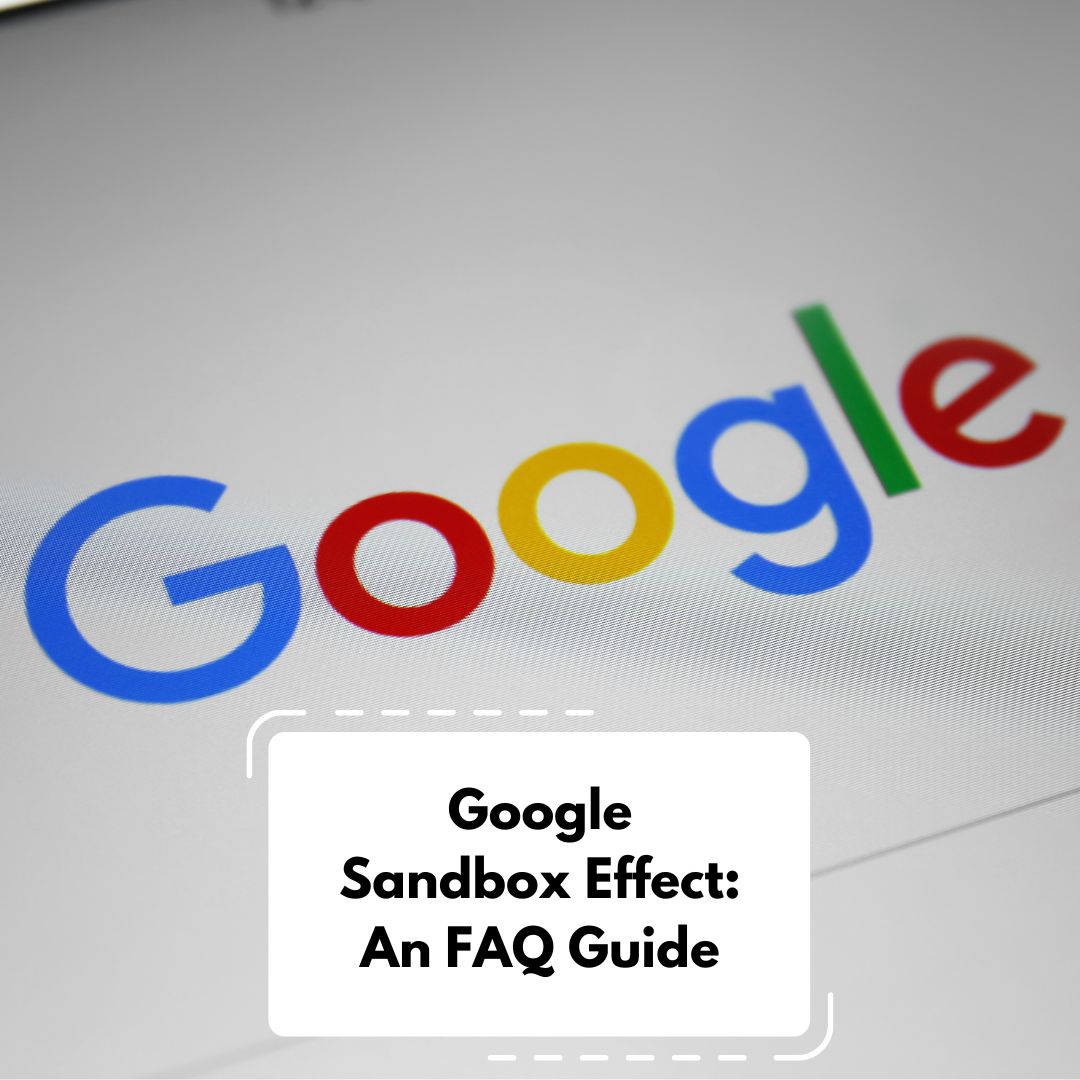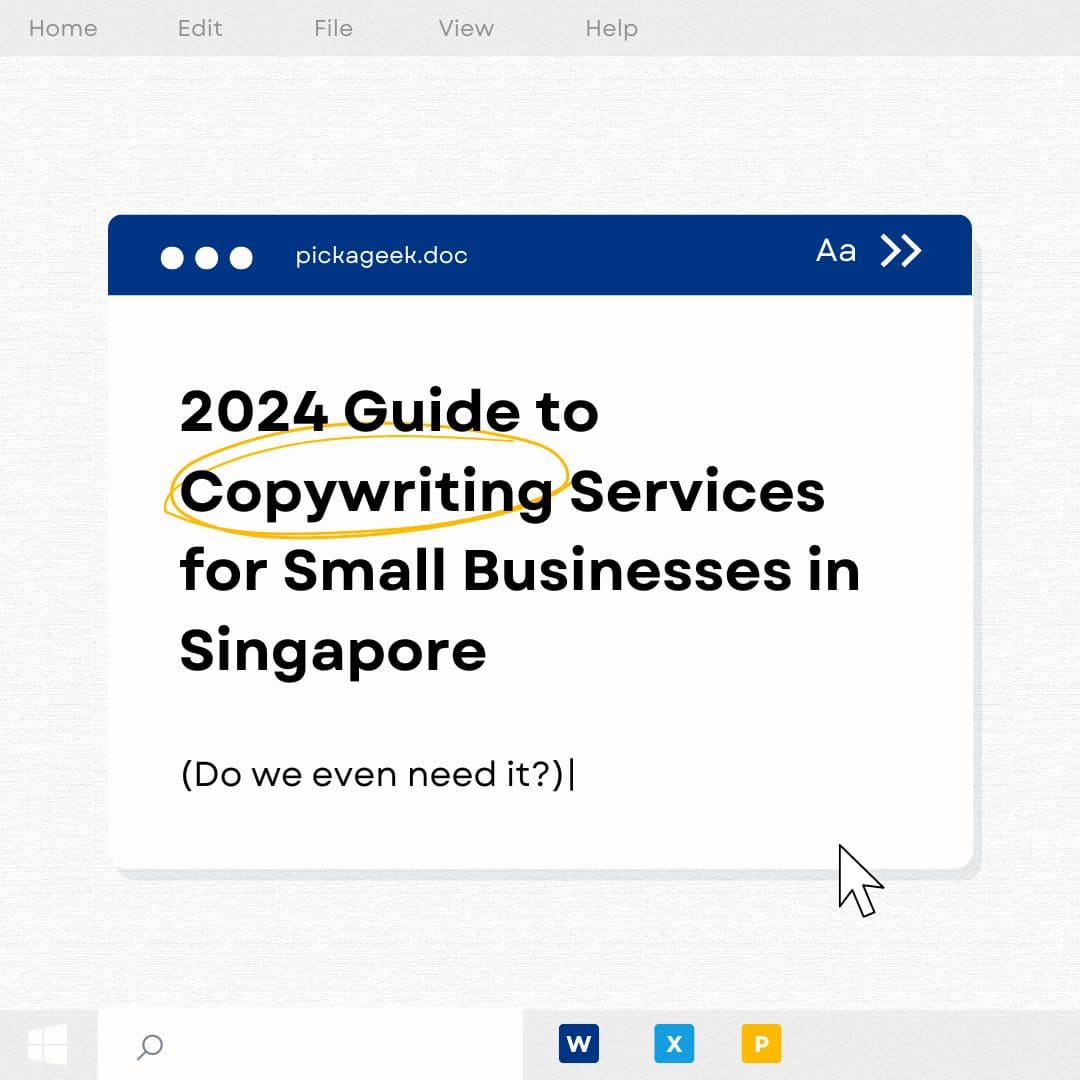What is the Google Sandbox? The term "Google Sandbox" refers to a speculated phase where…

How To Write SEO-Friendly Content?
How To Write SEO-Friendly Content?
In the digital era, where content is king, the power of SEO-friendly writing cannot be overstated. For many, the concept of SEO (Search Engine Optimisation) seems daunting. However, making your writing more SEO-friendly is not just about appeasing search engines; it’s about enhancing user experience and ensuring your content reaches the right audience. Let’s delve into how you can blend the art of writing with the science of SEO to achieve digital success.
Understanding SEO-Friendly Writing
At its core, SEO-friendly writing is about creating content that search engines can easily understand and rank. But it’s not just about algorithms; it’s about crafting content that resonates with your target audience. This involves using specific keywords, structuring your content effectively, and ensuring readability.
Research and Keywords: The Foundation
Start with thorough keyword research. Identifying and integrating relevant keywords is essential. They are the terms and phrases that your target audience uses to search for content. Use tools like Google Keyword Planner or SEMrush to find relevant keywords, have a decent search volume, and aren’t too competitive.
Crafting Compelling and Relevant Content
Content is the heart of SEO-friendly writing. Your content should answer questions, solve problems, or provide valuable information. It’s essential to strike a balance between using keywords and maintaining a natural, engaging writing style. Don’t just stuff keywords; weave them seamlessly into your content.
Structuring Your Content
An often overlooked aspect of SEO-friendly writing is structure. Break down your content into smaller, digestible sections with clear headings and subheadings. Use H1 for the main title and H2, H3 (and so on) for subheadings. This makes it easier for search engines to crawl and understand the structure of your content.
Optimising Metadata
Metadata, including title tags and meta descriptions, plays a critical role in SEO. Your title tag should be compelling and include your primary keyword. The meta description should provide a concise summary of your content, enticing readers to click through.
Enhancing Readability
The readability of your content significantly impacts its SEO friendliness. Use short sentences, active voice, and simple language. Break up text with bullet points or numbered lists, and ensure your content is scannable.
Using Internal and External Links
Linking to other pages on your website (internal linking) helps search engines understand your site’s structure and keeps visitors engaged. Similarly, linking to reputable external sources can enhance your content’s credibility and usefulness.
Incorporating Visuals
Images and videos can make your content more engaging and shareable. Optimise your images with alt text, which describes the image for search engines and improves accessibility.
Mobile-Friendly Content
With the increasing use of mobile devices, your content must be mobile-friendly. This means ensuring your website is responsive and your content is easily readable on smaller screens.
Regular Updates
SEO isn’t a one-time task. Regularly updating your content keeps it fresh and relevant. Google favours updated and regularly maintained content.
Avoiding Over-Optimisation
While SEO is important, over-optimisation can harm your content’s readability and user experience. Write for your audience first, then optimise for search engines.
Embracing E-A-T
Expertise, Authoritativeness, and Trustworthiness (E-A-T) are crucial for SEO. Showcasing your knowledge and authority on a subject can boost your content’s ranking.
SEO Writing Tools
Consider using SEO writing tools like Yoast SEO and Semrush. These tools can help optimize your content for search engines and improve readability.
Conclusion
Making your writing SEO-friendly is about creating quality content that serves your audience’s needs and is easily discoverable by search engines. By focusing on well-researched, well-structured, engaging, and readable content, and using the right keywords and tools, you can significantly enhance your online presence. Remember, SEO-friendly writing is a skill that evolves, so keep learning and adapting to the latest trends and best practices.
In the world of digital content, being SEO-friendly is not just a luxury; it’s a necessity. It’s the bridge that connects your content with its intended audience. So, start implementing these strategies today, and watch your content soar in the search engine rankings! Want to know more about SEO? Contact us today.



